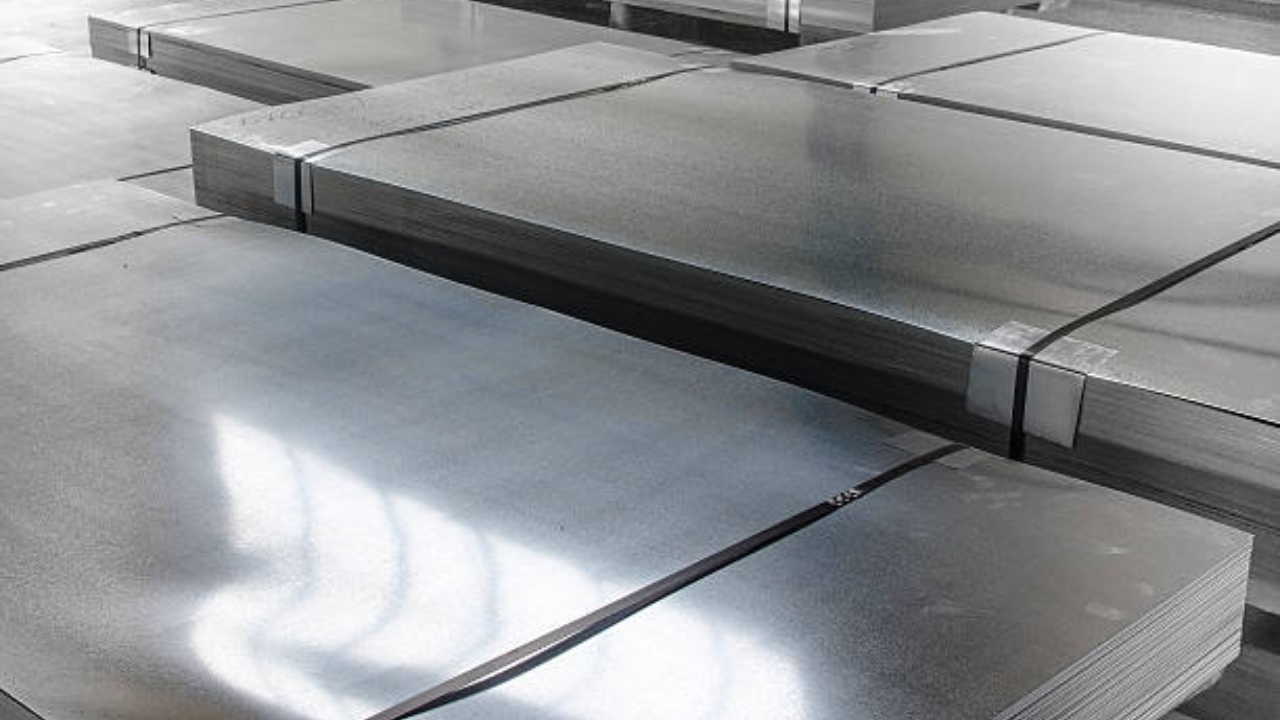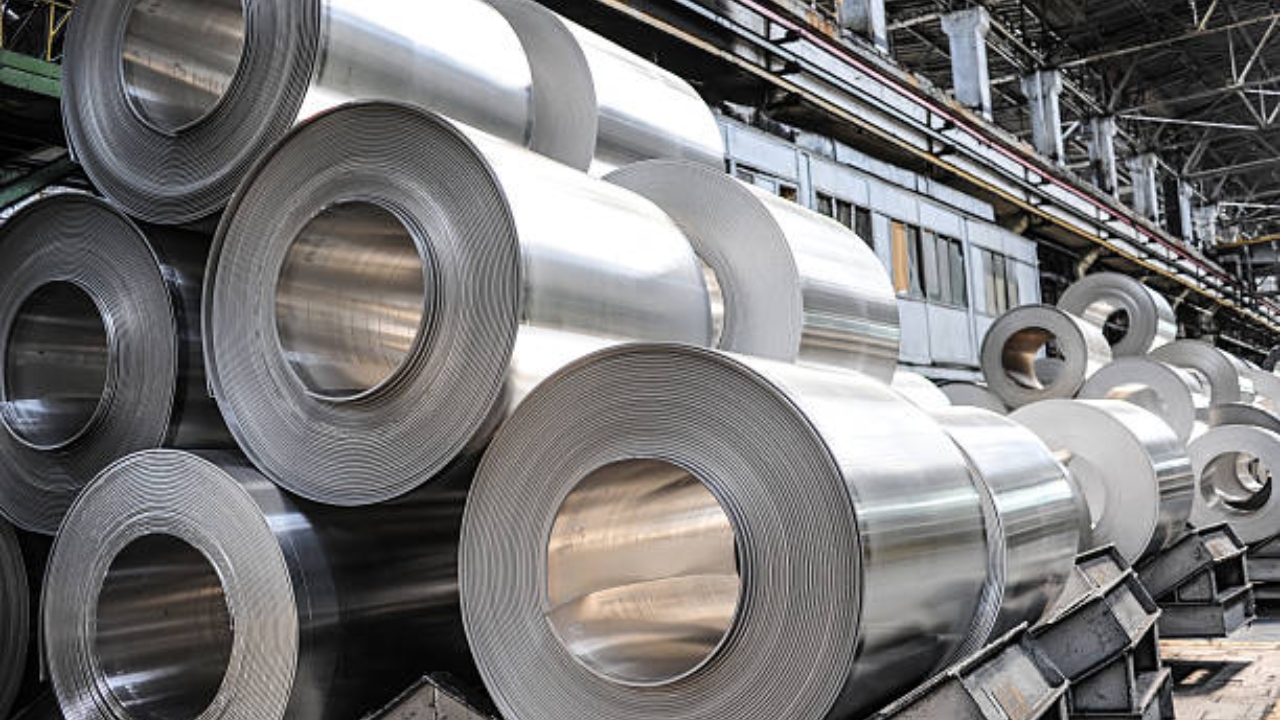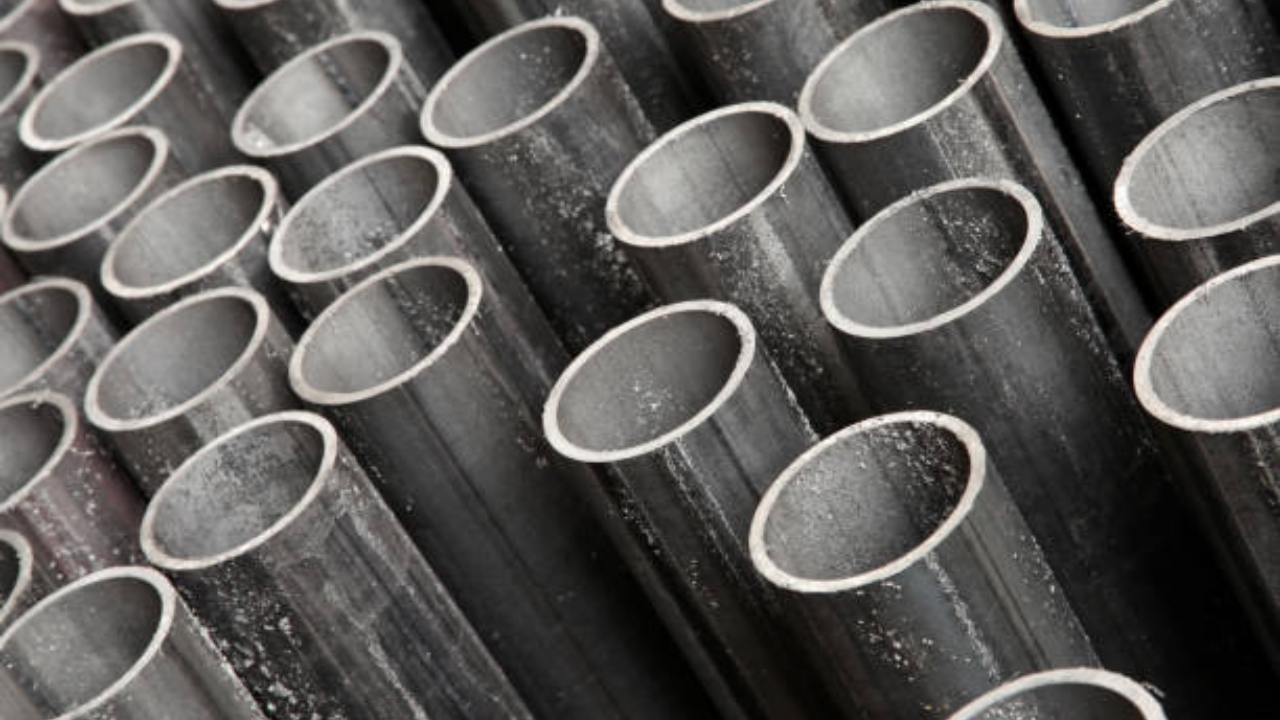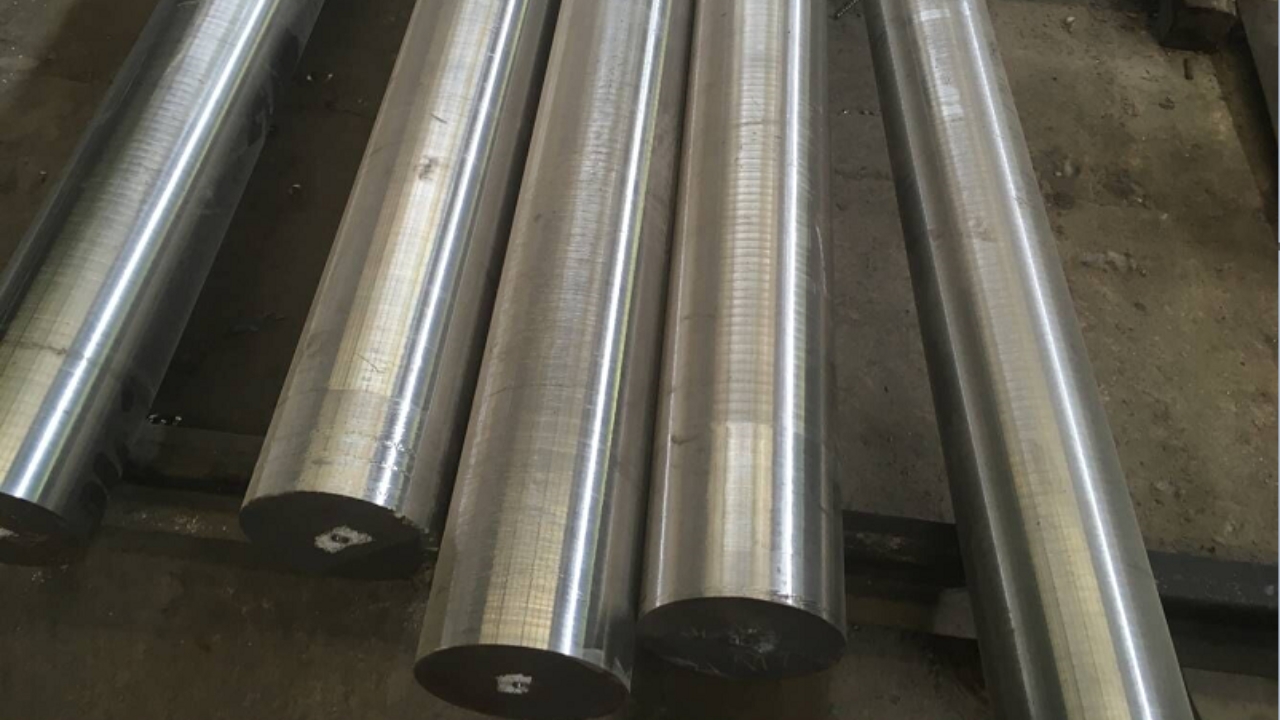J2 is a multipurpose and affordable stainless steel. Its extraordinary traits and composition make it a good choice in comparison to other costly alternatives. In this blogpost, we’ll analyze J2’s composition, how it performs and where it is used. This can guide you to decide if it’s the perfect steel for your business.
What is J2 Stainless Steel?

J2 is a low cost form of 420 stainless steel. It is famous for its high chromium content and corrosion resistance. It gives a balance between quality and price. You’ll see J2 used in furniture, kitchenware and construction tools. These fields like its low cost and durability.
Composition of J2 Stainless Steel

To fully grasp the peculiar properties of J2 stainless steel, it is very important to know its chemical composition.
| Element | Percentage Range | Function |
| Carbon | 0.15 – 0.36% | Increases strength and hardness |
| Chromium | 12.0 – 14.0% | Gives corrosion resistance |
| Manganese | ≤ 1.0% | Improves wear resistance and hardenability |
| Silicon | ≤ 1.0% | Increases oxidation resistance |
| Phosphorus | ≤ 0.04% | Develop machinability in small amounts |
| Sulfur | ≤ 0.03% | Slightly boost machinability |
| Nickel | ≤ 1.0% (optional) | Uplifts corrosion resistance and toughness |
Properties of J2 Stainless Steel

Now we know what it’s made of, let’s examine the thermal and mechanical characteristics of J2 steel.
Mechanical Properties
Hardness and Tensile Strength: J2 has a tensile strength of ≥520 MPa and hardness of maximum 187 HB. These characteristics give longevity in different services.
Impact Strength: This steel gives decent impact resistance of 27 joules at -20°C. This makes it a good option for machinery and tools.
Corrosion Resistance: J2’s chromium content gives medium corrosion protection in less corrosive environments. It stops common corrosives like detergents and water very well.
Effect of Chromium Content: The 13.29% chromium in J2 steel produces a protective oxide coating. This helps increase the oxidation and corrosion resistance of the substance’s passive film.
Thermal Properties
Weldability: J2 stainless shows good weldability because of its medium carbon content. This permits better joining in different use cases.
Machinability: J2 gives extraordinary machinability in both tempered and hardened scenarios. Its composition makes drilling, turning and bending operations very easy.
Advantages and Limitations

After learning about the formation and characteristics of J2 steel, it is necessary to look at its benefits and drawbacks to better know if it works for different uses.
Advantages
Affordable: J2 steel gives better performance for the price which is generally 15 to 20% less expensive than higher-grade steels.
Multipurpose Uses: Thanks to its balanced properties, J2 fits nicely into different fields. You can see It in cars, construction and consumer products
Limitations
Even with the advantages listed above, J2 still has some weaknesses:
Lower Corrosion Resistance: J2 gives less corrosion resistance in comparison to 304 steel because it has low amount of chromium and nickel.
Medium Hardness and Toughness: The high amount of carbon in J2 makes it very hard but not as strong as other alloys like D2 or M390. This minimizes its usage in high impact cases.
Uses of J2 Stainless Steel

Because of its special mix of low cost and peculiar characteristics, J2 steel is used in many fields and products.
Building Materials: J2 is affordable and resists corrosion very well. Therefore, you can use it in fixtures, railings and decorative items in buildings.
Cars and Transportation: The auto industry uses J2 steel for wipers, seat belt parts, clamps and bumpers. Its strength increases vehicle life span and safety.
Kitchen Tools and Cutlery: J2 steel is commonly used in kitchenware, particularly in inexpensive knives and scissors. Its resistance to corrosion and easy cleanability renders it best for use with food.
Medical Gear: Surgical and non-surgical medical tools mostly use this steel because of its cleanability and ability to resist corrosion. For example, it is used to make surgical scissors, stethoscopes, scalpels, forceps and medical carts.
Petrochemical and Chemical Market: J2 steel is used in heat exchangers, storage tanks and piping systems because of its affordable price and good corrosion resistance.
Conclusion

J2 steel gives a budget-friendly choice for many industrial fields. Because of its adaptability, it is the best option for use cases ranging from kitchen utensils to building. This is where normal performance meets budget limits.
For professional sheet metal fabrication services related to any kind of stainless steel, we recommend you to contact KDM.
FAQs
How does J2 stainless steel compare to 304 stainless steel for corrosion resistance?
J2 has lower corrosion resistance than 304 because of less chromium and nickel. But it still gives better corrosion resistance than 430 grade which makes it best for mild environments like outdoor architecture or food processing.
What are the main differences between J2 and J4 stainless steel in 201 series?
J2 and J4 mainly differ in carbon and copper content. J4 has greater copper (1-1.5%) and less carbon which gives better corrosion protection and flexibility. J2 has higher carbon and low copper (0-0.4%) that makes it harder but less formable. J4 works better for deep drawing, while J2 has simpler uses.




